
Comparing and Ordering
Your child already has a ton of experience comparing numbers. Remember how upset your child was when a friend in school received more birthday presents than your child did? Or what about how unfair your child thought it was that you ate two cookies after dinner and allowed him to eat only one? Without a doubt, your child knows what’s more and what’s less.
In school, your child will learn fancier words to compare amounts. Instead of using more, bigger, or larger, your child will learn the term greater than. Instead of smaller or fewer, your child will learn the term less than. Your child will also learn some new symbols to go with these new terms. Using these new vocabulary words and symbols will certainly make your child sound all grown up, but more importantly, your child now has another tool to use to see the relationships between numbers.
First things first: Get a sense of what your child already knows. Turn the page and tell your child to Jump Right In!

Here’s what you’ll need for this lesson:
-
markers or crayons
-
paper
-
deck of cards
-
note cards
Feel free to read the questions aloud.
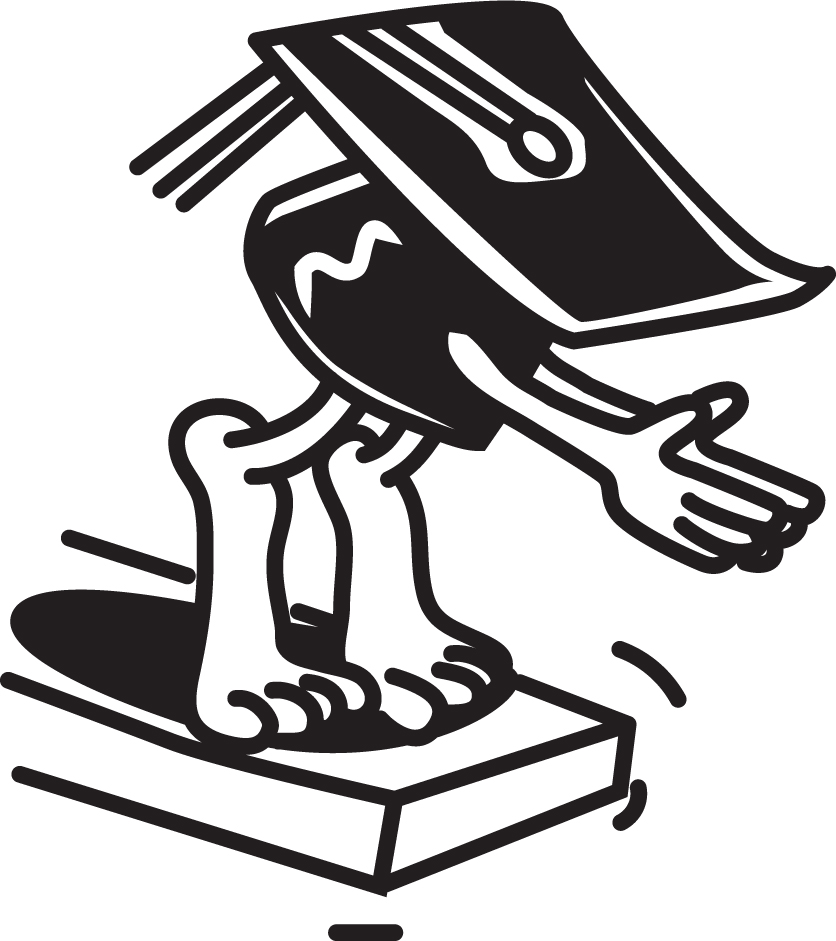 Jump Right In!
Jump Right In!
1. Choose the number that is the greatest.
A. 2
B. 9
C. 5
D. 4
2. Choose the number that is the least.
A. 72
B. 68
C. 75
D. 69
For questions 3 and 4, choose the correct symbol to compare each set of numbers.
3. 8  6
6
A. <
B. +
C. >
D. =
4. 29  81
81
A. <
B. +
C. >
D. =
5. Write the numbers below in order from least to greatest on the number line.

6. Write three numbers in order from greatest to least.
______,_______,_______
Excellent Job! 
 Checking In
Checking In
 Answers for this page:
Answers for this page:
1. B
2. B
3. C
4. A
5. An A+ answer: 34, 35, 36
6. An A+ answer: A consecutive or nonconsecutive number sequence will be written, such as 78, 77, 76 or 44, 33, 22.
Did your child get the correct answers? You could ask, “Tell me why the number is greater,” or “What does that symbol mean?” Make sure your child can explain his or her reason for choosing the answer.
Did your child get any of the answers wrong? For questions 2, 4, and 5, your child might be looking at the greatest digit in a number to determine the answer. It might help to break two-digit numbers into tens and ones to compare them. Help your child write each number in a place-value chart. Start by comparing the number of tens in each number. Point out that in a two-digit number, the number with the most tens is always the greater number. Show your child that when comparing two-digit numbers that have the same amount of tens, you then compare the number of ones to see which number is greater.
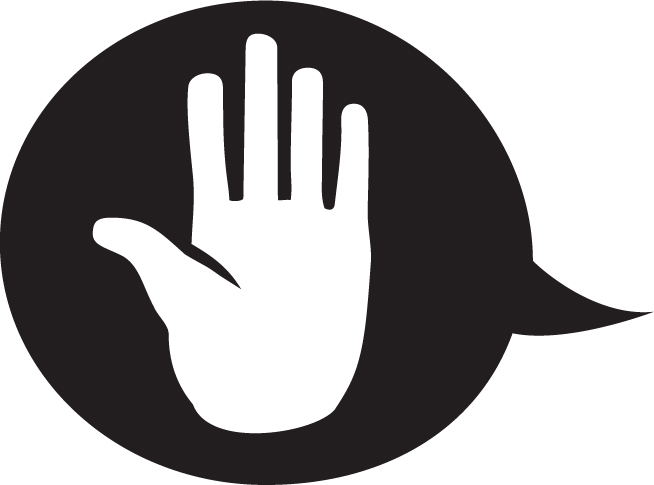 Watch Out!
Watch Out!
The > and < symbols may be difficult for your child to keep straight. A good way to remember which is which is by thinking of the symbol as a big mouth, like the mouth of a crocodile or a shark, that likes to eat the bigger number. It might even help to cut out a large crocodile mouth. Remember to color both sides of the crocodile to look like the mouth. Tell your child that the crocodile has a big appetite, and so the mouth will always be open to the number that is greater.
What to Know…
Your child compares and orders numbers when he or she wants to know who’s older or who has more.
Review these skills with your child this way:
-
When you see the symbol >, you can say “greater than.”
-
When you see the symbol <, you can say “less than.”
Your child might compare quantities of food, such as cookies on a plate, bananas in a bunch, or apples picked.
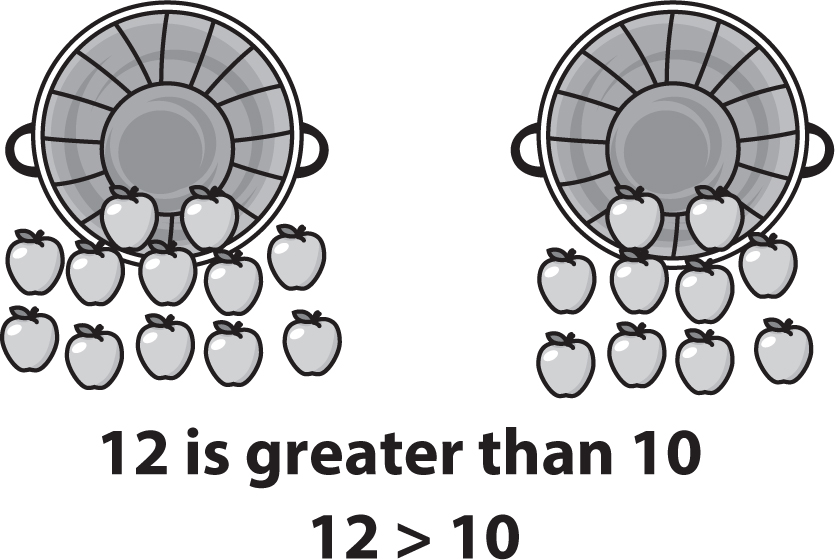
Your child might compare statistics on a baseball card.

Your child may learn to order numbers by using a number line.

Count up the number line to remind your child that each number is one greater than the number before. Count back on the number line to show how each number is one less than the one before. Have your child create a number line with pictures for numbers 1 to 10.
 Checking In
Checking In
Sometimes, children need a visual way to compare numbers. Your child will want to count pictures or items to compare the quantities and may also need to match each group up to show a one-to-one correspondence. For example, if your child is trying to determine if she has more markers than crayons, have her line up each group one to one. Model for your child how to make matching pairs of each item until no more matching pairs can be made. The group that has items that don’t have a partner is the greater group.
First Graders Are…
Children of this age can be very sensitive and are often concerned about making mistakes. Because of this, they are reluctant to take risks when it comes to trying out new concepts or ideas. If your child gets stuck or is having difficulty applying a particular skill, try your best to resist the urge to rush in and “fix” the problem. Instead, encourage your child to try something new. Let your child know that you have confidence in them. When helping your child, sometimes less is more!
Your child can practice comparing and ordering numbers with these activities. You’ll probably want to read these activities aloud to your child.
On Your Way to an “A” Activities
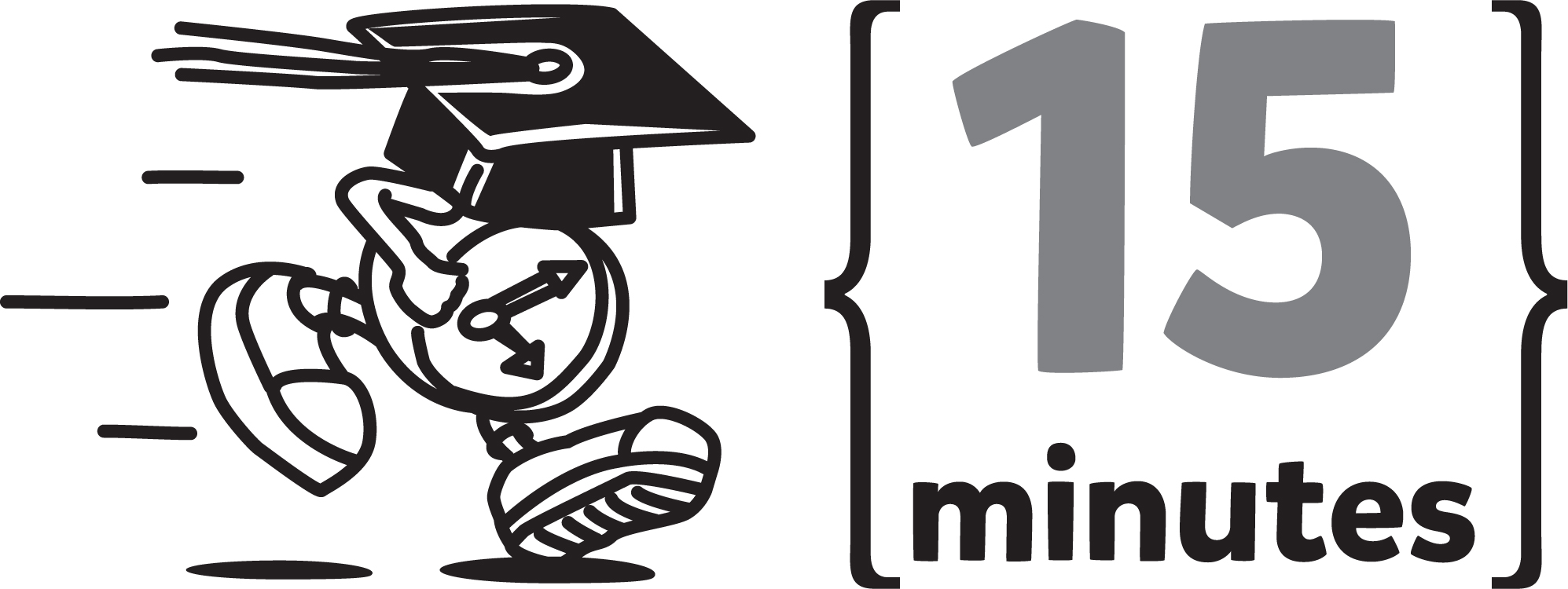
Type: Game/Competitive
Materials needed: deck of cards
Number of players: 2 or more
Remove the Jacks, Queens, and Kings from a deck of playing cards. Shuffle the cards and put them face down in a pile. Each player takes two cards and adds them to find the sum. The player with the greatest sum takes all of the cards. The player with the greatest number of cards at the end of the game wins! Play the game again, but this time the player with the least sum takes all of the cards.
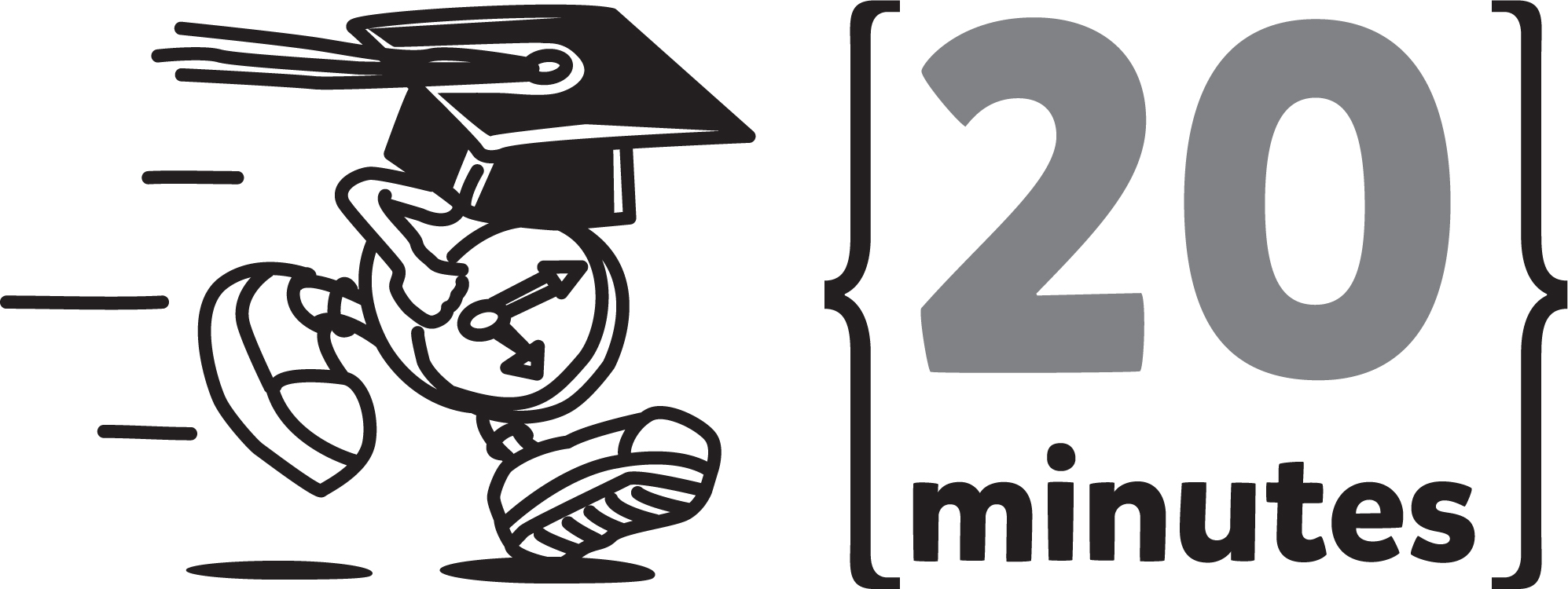
Type: Active
Materials needed: note cards, pencil
Number of players: 2
Pick a player to be “less than” and a player to be “greater than.” Ask a parent to write several different numbers on note cards. Take turns picking a card and reading the number. “Less than” counts and claps out a number less than the number that is on the card. “Greater than” counts and claps out a number that is greater than the number on the card.
Has your child breezed through the activities? If so, he or she can work on this Using Your Head activity independently. You may want to read the activity below aloud to your child.
Using Your Head

Grab a pencil! Refer to your Activities PDF for a printable version of this activity.
Help the bear find his way through the forest to get to the greatest number of fish.

Put the number of fish shown at each part of the river in order from greatest to least.
________,_________,_________,________
Answers: A line is drawn from the bear to the group of 12 fish; 12, 10, 8, 4